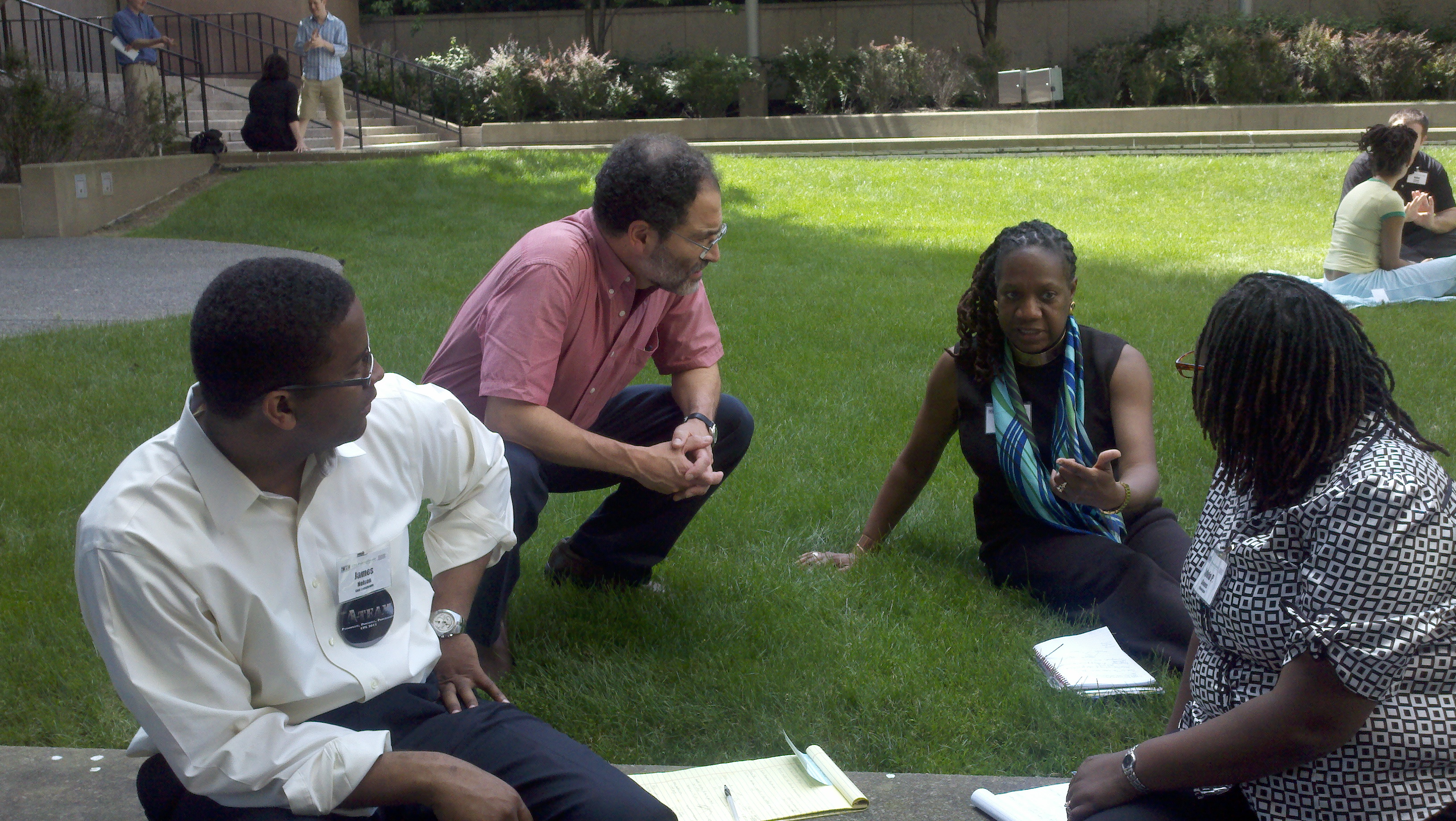
Guest Post – Train your board. Raise more money.
This post is adapted from the new book, Train Your Board (and Everyone Else) to Raise Money by Andrea Kihlstedt and Andy Robinson, www.trainyourboard.com.
No one is born knowing how to raise money, but like many other skills – sewing on a button, mastering a new app, driving a car – it’s a skill we can learn. With effective training and support, pretty much anyone can become a skilled fundraiser. That’s why we assembled our new book.
Furthermore, you don’t have to be a professional facilitator to teach your board, volunteers, and staff members. Like fundraising, training others is a teachable and learnable skill. If you’re a novice trainer, the following tips and tricks will make you more effective.
Training wisdom: Seven tips to make you a better trainer
1. People remember what they do, not what you say. This is the heart of adult learning theory, which is why we focus on exercises and role plays, rather than lectures or PowerPoint slides.
2. Pay attention to logistics. The success or failure of workshop depends, in large measure, on people’s physical comfort.
– If possible, position the chairs so people can talk to each other, rather than classroom style or in a large U with people far apart.
– Choose a room with good light, preferably natural light.
– Create clear sight lines so people can see what you’re writing on the flip chart.
– Use big markers that don’t smell. Some markers are pretty toxic, and your colleagues may have chemical sensitivities.
– Write visibly. Use letters that are large enough so everyone can see clearly.
– Speak up. Project your voice. Learn to speak from the core of your body, rather than relying entirely on your throat. Ask everyone else to speak up, too. You may need to repeat questions (loudly) so everyone can hear them.
3. Keep things moving: the pace and the people. You may feel the desire to answer every question and pursue every tangent. If you find yourself being steered off-course, you can always say, “Let’s complete the exercise and then discuss that question when we debrief it together.”
If you want to add energy, give people the chance to move. If the exercise calls for work in pairs, encourage everyone to stand up, move around, find a partner, and spread out.
4. Be supportive. Reinforce your colleagues by saying things like, “That’s a really thoughtful response.” Don’t be dismissive or make people feel like they’re asking dumb questions.
5. Listen to the group and trust where they want to go. In some ways, this is a contradiction, but the best facilitators can sense when it’s time to follow the group away from the agenda and into the work they really need to do. If it feels fruitful, go there; if not, stick to the agenda.
6. Gimmicks are good. After years of shouting, “Can I get your attention?” Andy finally bought a bell and a train whistle – and they come in handy. Another trick is to make the activity competitive and give out prizes. “The small group that brainstorms the most items in the next three minutes will win a fabulous prize.” This always increases the energy level. The best “fabulous prizes” are often inexpensive and silly.
7. Debrief everything. When the activity is over, gather the group and ask, “What did we just learn? How do we apply it?” Sharing these lessons clarifies the value of the exercise, integrates the knowledge, and helps everyone figure out how to apply it.
For more about the book, including free exercises, go to www.trainyourboard.com.

